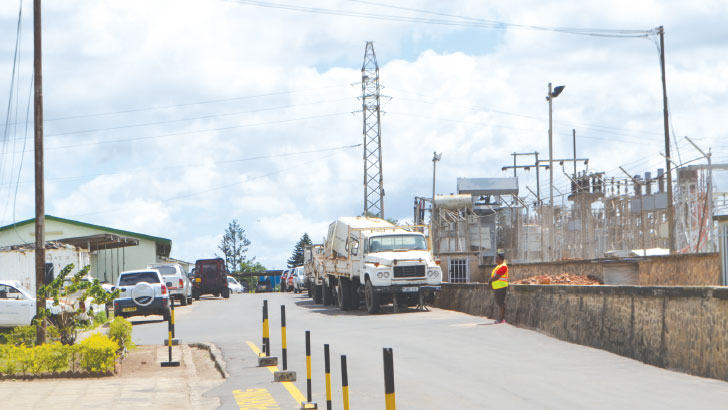
Parastatals in the energy portfolio are under liquidity threat due to increasing debtors, a situation that could potentially impact on capital, a government report has shown.
Of the four parastatals in the energy sector, one had its liquidity position below the recommended ratio of one as at end December last year while the three others are expected to record a decline in their ratios by the end of this financial year on June 30, the 2021 Annual Economic Report indicates.
According to the report, the liquidity position of the Electricity Supply Corporation of Malawi (Escom), for instance, was weak as indicated by current ratio of 0.98:1 in 2019/20 financial year and this position is expected to plummet to 0.64:1 by June 2021 which is still below the required benchmark of above 1.
The report attributes this to the inability to convert sales into cash as government and quasi-government institutions owed Escom K25.6 billion in electricity bills as at December 31 2020.

Reads the report in part: “This contributes to the high debt collection days of 140 days as at December 2020.
“The low liquidity level poses a serious challenge to the operations of the corporation as most suppliers’ accounts fall to over 200 payable days due to insufficient cash flow.”
Likewise, the National Oil Company of Malawi (Nocma), though it maintained a healthy liquidity position with a current ratio of 1.01:1 in December 2020, a forecast to the close of the financial year shows a slight decline to 0.99:1 meaning that Nocma is just on the margins of its ability to meet its short-term liabilities.
For Malawi Energy Regulatory Authority, (Mera) the liquidity position stood at 2.03:1 in the 2019/20 financial year, which reduced to 1.57:1 as at December 31 2020 and is projected to further reduce to 1.34:1 by the end on this financial year.
This, according to the report, is on account of a significant reduction in current assets from K32 billion in 2020 to K27 billion in 2021 against a significant increase in current liabilities from K16.3 billion in 2020 to K20.5 billion in 2021.
Electricity Generation Company(Egenco), on the other hand, is also facing a challenge of debtors as data shows that debtor days, at 210 days, were still high in 2019/20.
According to the data, debtor days are projected to increase to 249 days by the close of the financial year in June 2021, which is way above the agreed level of 30 days in the power purchase agreements.
As at December 31 2020, electricity debtors were at K37.2 billion but the company projects to close the financial year with K46.2 billion in debtors.
The World Bank, in its 12th Malawi Economic Monitor, observed that State-owned enterprises (SOEs) need to implement continuous improvement plans that identify inefficiencies and increase focus on operational improvements.
The institution also urged government to put controls that ensure that SOEs are more efficient to minimise their fiscal drain.
Economists have also observed that the poor performance of the institutions, if left unchecked, could pose risks to the collection of the much-needed revenue in the country.
University of Malawi economics professor Ben Kaluwa in an interview on Tuesday noted that there are a lot of inconsistencies and mismanagement in a number of parastatals, which needs reforms and restructuring.
He said: “We need proper policies that govern such institutions and close all loopholes because we do not want to create a situation where the government will be forced to be bailing out institutions that are ideally supposed to be generating income for the country.”
Source: The Nation, 3 May, 2021_By Orama Chiphwanya-Staff Reporter
